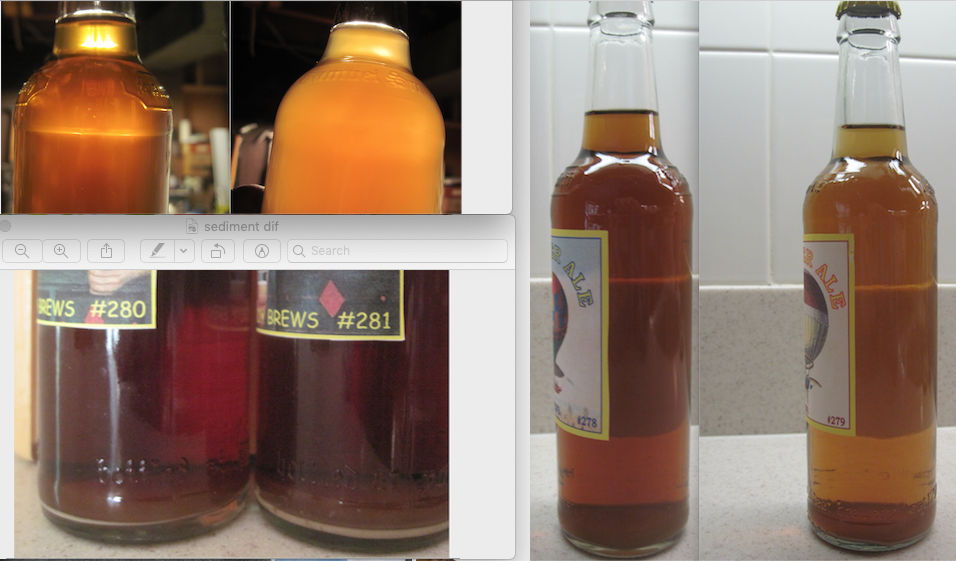D.B.Moody
Well-Known Member
If one does not have a way to effectively mitigate oxygen exposure during a transfer, that transfer should be avoided if possible.
Despite what you said just before this, you make another blanket statement, and one I happen do disagree with. It may be true for most, but not for all. My comparison batches showed that the effect was small to extremely hard to deject, was slighter in less hoppy ales, and we tended to prefer the ones that experienced a secondary. I don't brew lagers and my ales are lightly hopped by today's standards. I am not denying oxidation, and I'm going to move my IPA recipe to no secondary. The thing is that not doing a secondary did not improve my brews, and doing a secondary helps clarify my brew for bottling. Could you just include a qualifier in your pronouncements?
I reported on these comparisons here: What does a secondary fermenter do?








































![Craft A Brew - Safale S-04 Dry Yeast - Fermentis - English Ale Dry Yeast - For English and American Ales and Hard Apple Ciders - Ingredients for Home Brewing - Beer Making Supplies - [1 Pack]](https://m.media-amazon.com/images/I/41fVGNh6JfL._SL500_.jpg)

















